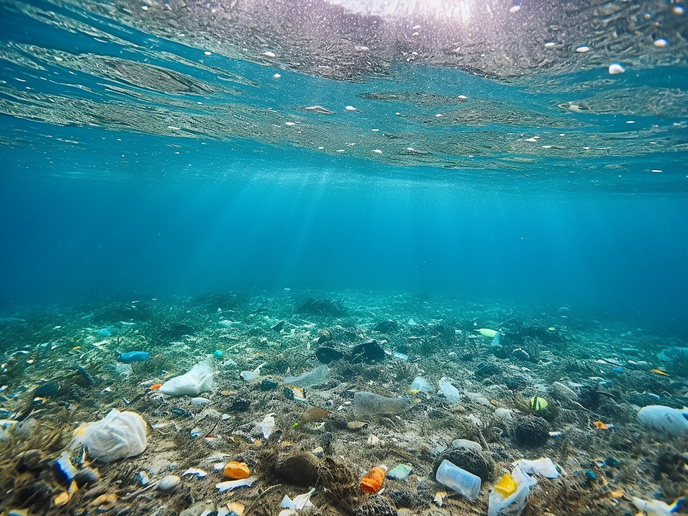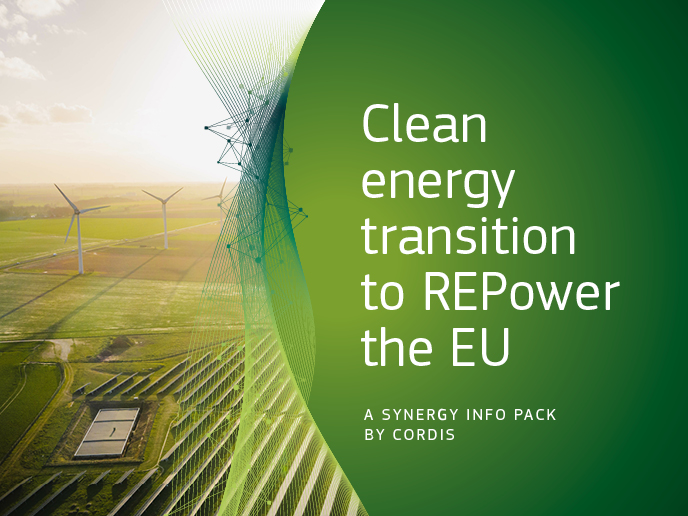Flying quieter and greener
Airline fuel consumption imposes a big impact on our environment. Currently, jet aircraft used as passenger planes burn about 12 litres of fuel per kilometre. They also create both environmental and noise pollution. The EU-funded 'Key aerodynamic technologies to meet the Vision 2020 challenges' project (Katnet II) worked to reduce these effects. It provided input to the development of strategies and technologies to meet potential future aeronautical requirements on emissions, fuel consumption, noise and safety. Katnet II looked at areas for improving aircraft performance including the many EU-funded projects/platforms in this field. These included technologies for aircraft configuration, drag reduction and separation control. Separation of air flow over the aircraft wings causes a loss of lift and should therefore be controlled otherwise more fuel is needed to keep it in the air. A number of technologies were identified as having now reached a significant level of maturity and have been flight tested in two other EU-funded projects. Significant improvements in drag and noise can be made though the adoption of a proactive green aircraft configuration. Therefore, aircraft design can be optimised for drag, fuel consumption and noise. Other project activities included the organisation of an international conference and four international workshops. The researchers identified technologies that are the design concepts and solutions for the future. These have the potential to support the production of airplanes that are quieter and more fuel-efficient.







